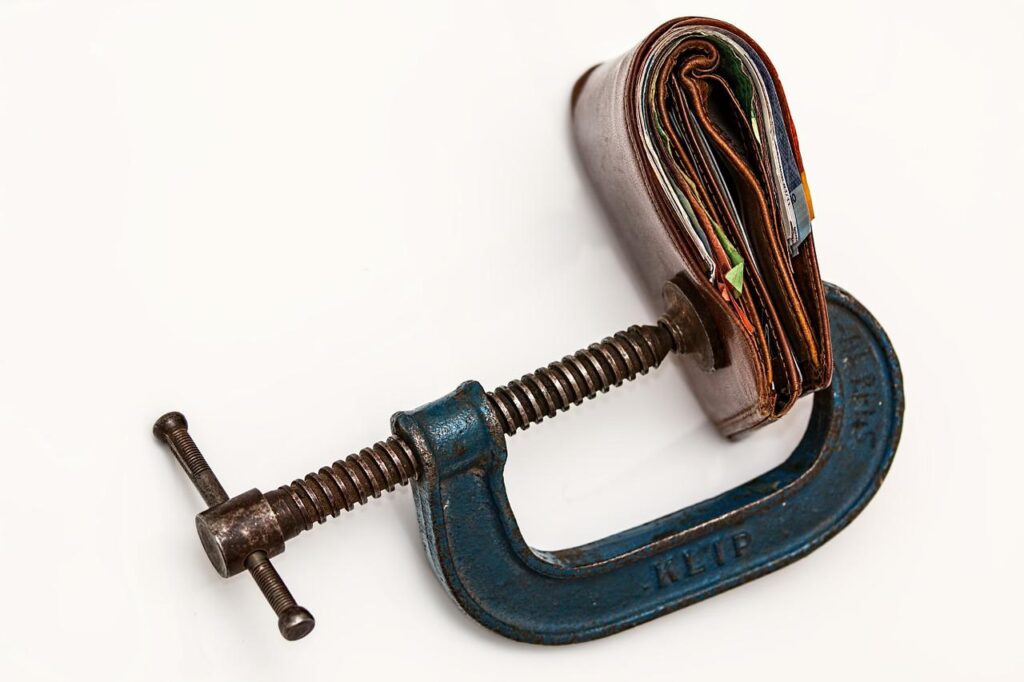Inflation Is Finally Easing Because Of One Big Sign
This article is more than 2 years old

Consumers have waited to hear the news that inflation pains are finally easing. And while the prices at the grocery store don’t suggest a let-up anytime soon, the Fed has newfound confidence. The agency’s favorite tool to measure inflationary trends finally showed positive signs.
The Personal Consumption Expenditures (PCE) price index is a tool used by the Federal Reserve. It measures data monthly. Doing so allows officials to get a good measure of where inflation stands.
The Commerce Department released November numbers last Friday that largely went unnoticed, thanks to the impending holidays. And while they are not impressive, the trend offers a glimmer of good news. November ended with a 5.5% year-over-year increase.
You might think a 5.5% jump in the PCE does not feel like good news. And you wouldn’t be wrong. However, when you put that number in context, it suggests an improvement in inflation.
For example, in October, the PCE jumped 6.1%. So, overall, inflation is easing. At least somewhat.
And when you look at the month-to-month comparison (October to November), prices only increased by 0.1%. According to CNN, “The annual increases for both PCE inflation indexes hit their lowest levels since October 2021 and follows continued declines in other inflation gauges, such as the Consumer Price Index and Producer Price Index.” That is certainly good news.
Additionally, when the Fed analyzes PCE data, it prefers to look at what is known as the core PCE. That data set does not include the energy or food markets due to their volatility. And the core PCE numbers from November looked promising.
The core PCE number showed an even greater easing of inflation. It “was up 4.7% annually and 0.2% on a monthly basis.” However, PCE data is not the only important measure of inflation.
Experts also consider consumer confidence levels. And “The final December reading for the index of consumer sentiment came in at 59.7 in December, up slightly from a preliminary measurement of 59.1 and November’s final reading of 56.8, according to data from the university’s Surveys of Consumers.” Whether the December jump is accurate or just caused by good moods heading into the holiday shopping season is uncertain.
However, the Fed is only cautiously optimistic about this data. It believes that a lack of consumer confidence may increase wage demands. And the agency has recently tied heightened wages to an increase in prices.
That is why it has taken drastic steps lately to try and curb the tide of inflation. The Fed passed back-to-back interest rate hikes this year. And they will most likely continue down that path.
Gus Faucher from PNC Financial Services believes the Fed will continue to raise interest rates. Ultimately the goal is to use heavy-handed tactics to force a cooling labor market, decreased wage growth, and inflation reduction. This strategy is bad news for the consumer just trying to get by.
But it also may not be effective. “The Fed’s latest economic projections that were released last week showed that board members were expecting inflation to remain slightly higher for longer than previously forecast. Fed board members now expect PCE inflation to end 2023 at 3.1% and core PCE to finish next year at 3.5%, above the central bank’s target rate of 2%.”




